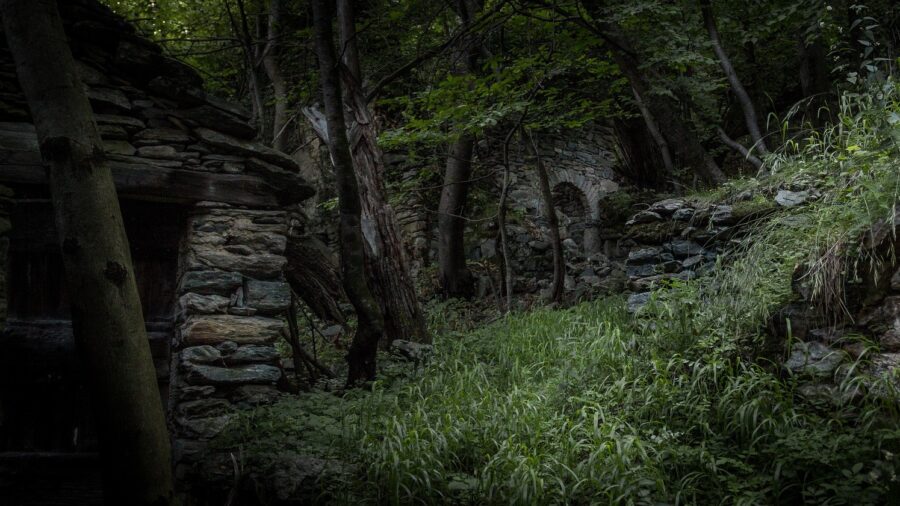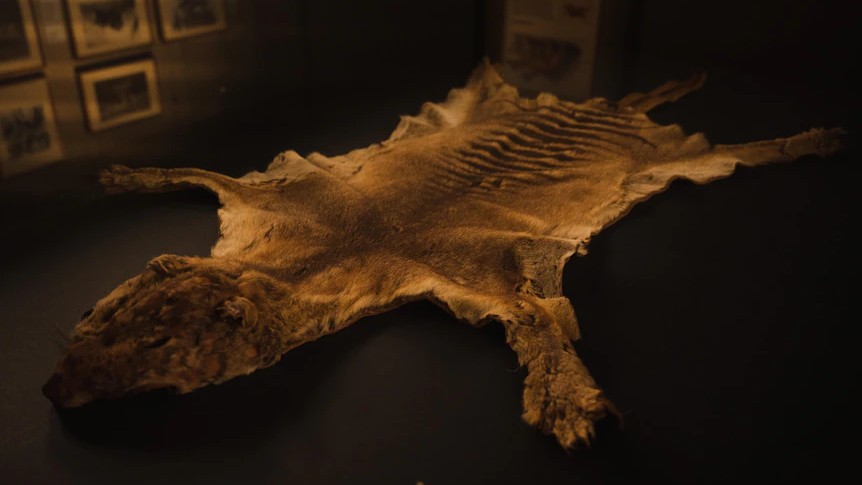Lost Tasmanian Tiger Remains Discovered After Nearly 90 Years

The lost remains of the last known thylacine, otherwise known as the Tasmanian Tiger, in existence have now been located in an office cupboard at the Hobart Zoo. The remains being found are significant for the simple reason that these are the last known remains of the animal in existence, and have been missing for nearly 85 years. The animal had apparently died at the Hobart Zoo back in September 1936, and the remains were then supposed to be transferred to the Tasmanian Museum and Art Gallery (TMAG) but were never located.

Zoologists had believed the skin and the skull of the Tasmanian Tiger to have been long gone since 1936, and rightfully so. However, detective Robert Paddle and museum curator of vertebrate zoology Kathryn Medlock were the ones to discover that the remains of the animal had been stored in the museum’s education office in a cupboard. The animal had been improperly labeled, as well, and the remains were taken from an exhibit to display around the country, with the staff completely unaware they were handling the remains of the last known thylacine.
Dr. Medlock stated that the improper handling of the Tasmanian Tiger remains was because no one believed back in 1936 that it was the last known of that species after it had gone extinct that year. In fact, the museum was offering a reward of 50 pounds if someone would be able to capture and bring in a live thylacine, but no one ever did. While it might sound morbid, we at least know why no one ever came to collect the 50 pounds reward, as the animal was nowhere to be found anymore.
Dr. Medlock has also revealed that the Tasmanian Tiger remains have now been moved to the museum’s zoological section in the Hobart suburb of Rosny. The remains have also been placed in a special case that is intended to keep the remains as preserved as possible, with Medlock stating, “We want them to last, so they’re looked after very carefully.” We would imagine that after locating the last remains of an extinct species, those remains would become a hugely coveted item.
The Tasmanian Tiger is a marsupial that was native to Australia’s mainland, Tasmania, and New Guinea. Though the animal had a similar pouch to the kangaroo, it was named the Tasmanian Tiger because of the stripes on its back, and its anatomy that was similar to that of the tiger and wolf. The marsupial was mostly shy and nocturnal, though considered to be an apex predator, despite the size of its prey being disputed for decades.
The remains of this Tasmanian Tiger can now be viewed by the world, or rather, those who take a trip to the Hobart Zoo. If you happen to travel to Tasmania, and you are able to look at this glorious animal, remind the staff that they are not to stuff the deceased animal in a cupboard. We are kidding, don’t do that, but make sure to take a look at what is believed to be the final remains of an animal that has been extinct for nearly 90 years.












